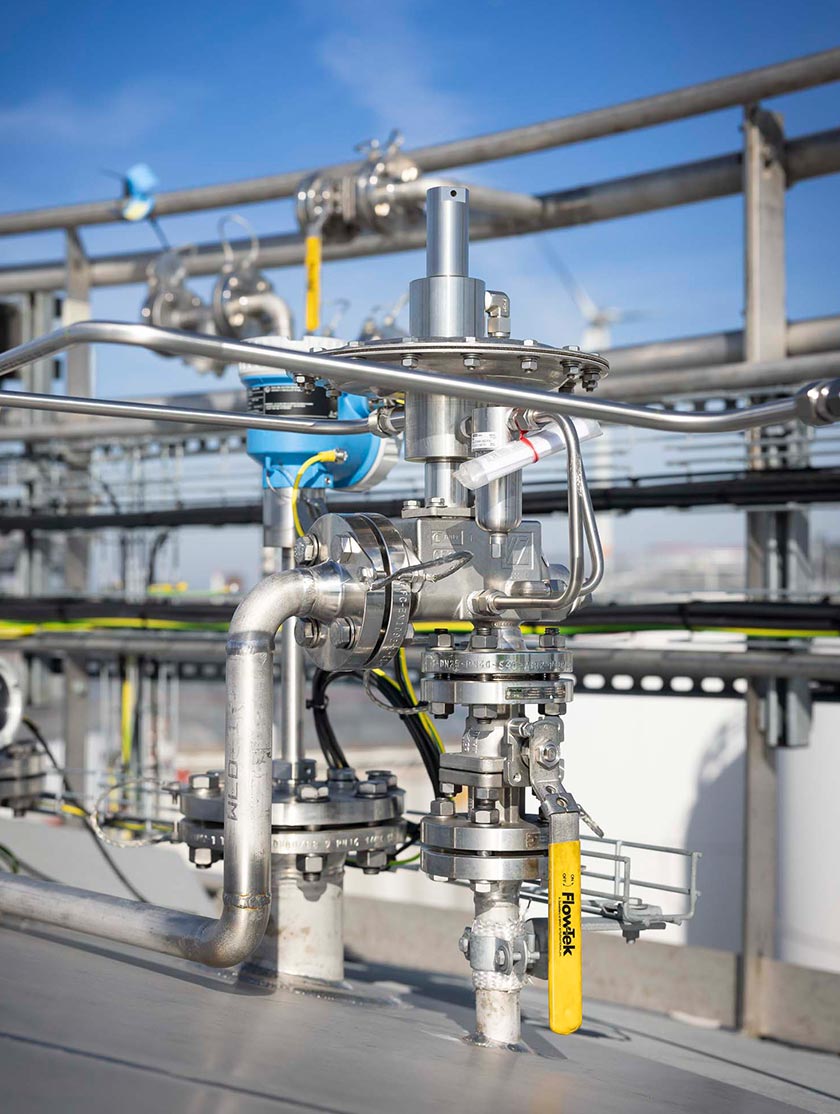Essential Guidelines for Flame Arrestor Commissioning
During any process involving the storage or transfer of flammable liquids or gases, it is essential to take safety precautions to prevent fires or explosions. An important safety device used in these situations is a flame arrestor. But installing a flame arrestor alone is not enough; proper commissioning is also necessary to ensure its effectiveness. First, let's look at what a flame arrestor is. Simply put, a flame arrestor is a safety device designed to prevent flames from passing through it. It is generally installed on pipes, tanks, or vessels and works by capturing and cooling hot gases before they can cause an explosion. Flame arrestors are essential in industries such as oil and gas, petrochemicals, chemicals, and pharmaceuticals, where the risk of fire or explosion is high.
What to Check When Commissioning a Flame Arrestor
The first step is to ensure the flame arrestor is sized and selected correctly for the specific application. The flame arrestor size should correspond to the size of the pipe, tank, or vessel on which it is installed. Furthermore, the type of flame arrestor—whether in-line, end-of-line, or vent line—must be selected based on the specific process requirements and risks.
Next, it is critical to verify the flame arrestor installation. The device must be installed according to the manufacturer's instructions and in accordance with industry standards. It must be mounted in a location that is easily accessible for inspection and maintenance. Grounding and proper bonding must also be ensured, as static charge buildup can cause the arrestor to fail.
Another essential aspect of commissioning a flame arrestor is performing a thorough inspection. This includes checking the device for damage or defects, inspecting the sealing and gasket materials, and ensuring proper labeling and tagging. It is also advisable to perform a leak test to ensure the arrestor is not leaking.
Finally, after commissioning, periodic maintenance and inspection of the flame arrestor must be performed. This includes checking for contamination or dirt buildup, verifying the gasket integrity, and performing a leak test. In the event of a problem, the flame arrestor must be replaced or repaired immediately.
In short, commissioning the flame arrestor is a crucial step in ensuring the safety and reliability of any industrial process involving flammable liquids or gases. This includes ensuring correct dimensions, checking the installation, and performing periodic maintenance.
Looking for The Right Flame Arrestor? Get Expert Help Choosing the Ideal Arrestor Engineered To Fit Your Needs |
Cashco’s flame arrestors are engineered to stop the propagation of flames in gas piping systems, helping protect equipment, personnel, and facilities. For more information about Cashco's arrestors, view all models here .
Cashco is dedicated to ensuring you select the best solution for your tank protection needs. Need help choosing the right flame arrestor? Contact us and our experienced team will gladly assist you in finding the ideal product!
Why Flame Arrestors Matter |
Cashco Flame Arrestors are specifically engineered to match the explosive mixtures Maximum Experimental Safe Gap, in order to ensure complete extinction of the flame.



